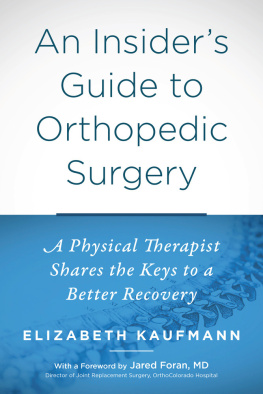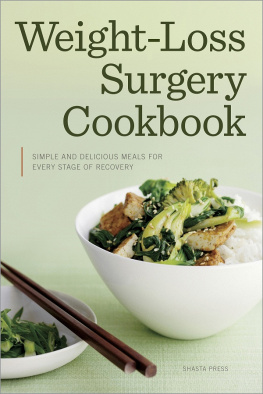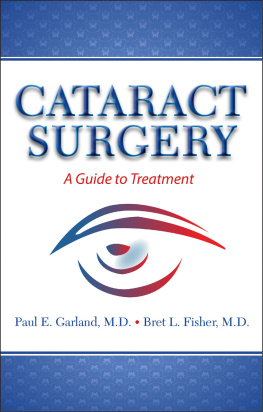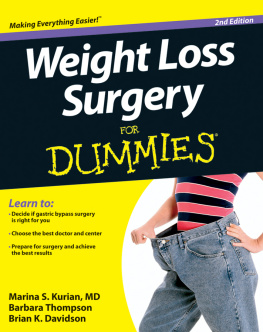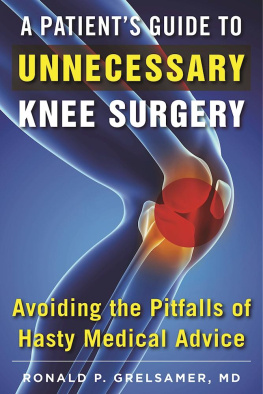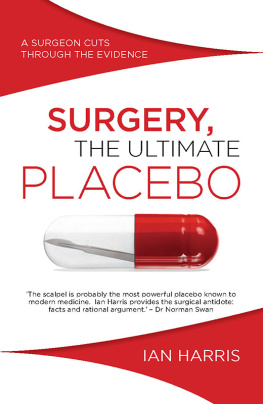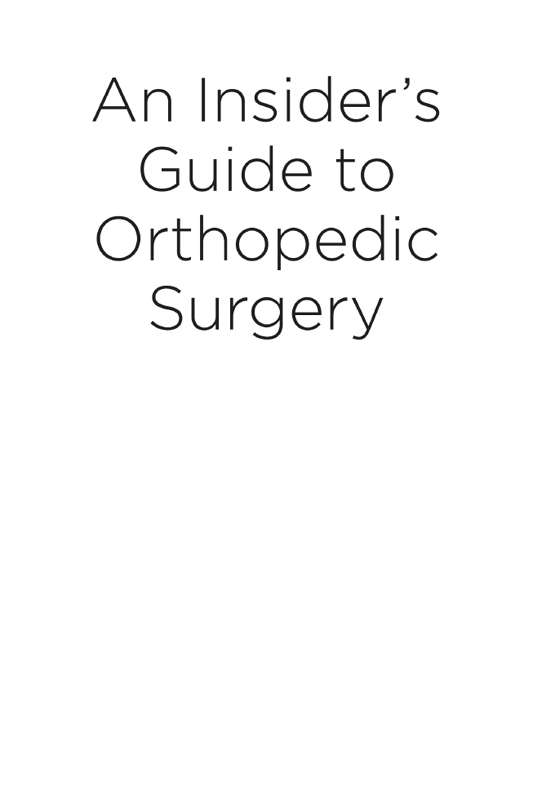Copyright 2018 by Elizabeth Kaufmann
Foreword 2018 by Jared Foran
All rights reserved. No part of this book may be reproduced in any manner without the express written consent of the publisher, except in the case of brief excerpts in critical reviews or articles. All inquiries should be addressed to Skyhorse Publishing, 307 West 36th Street, 11th Floor, New York, NY 10018.
Skyhorse Publishing books may be purchased in bulk at special discounts for sales promotion, corporate gifts, fund-raising, or educational purposes. Special editions can also be created to specifications. For details, contact the Special Sales Department, Skyhorse Publishing, 307 West 36th Street, 11th Floor, New York, NY 10018 or .
Skyhorse and Skyhorse Publishing are registered trademarks of Skyhorse Publishing, Inc., a Delaware corporation.
Visit our website at www.skyhorsepublishing.com.
10 9 8 7 6 5 4 3 2 1
Library of Congress Cataloging-in-Publication Data is available on file.
Cover design by Rain Saukas
Cover photo credit: iStock
Print ISBN: 978-1-5107-2344-3
Ebook ISBN: 978-1-5107-2345-0
Printed in the United States of America
This book is intended for reference only; it is not a definitive medical manual. The information is provided to help you make decisions regarding your health and recovery, but it is not intended to replace advice and treatment from health-care providers.
Mention of specific brand name products, authorities, companies, and organizations does not imply endorsement of these by the author or publisher.
With the exception of the authors husband, names of patients and colleagues have been changed throughout.
Dedication
In memory of my mom, Elizabeth Passavant Kaufmann, whose name I share. Despite her rheumatoid arthritis diagnosis and the need for multiple joint replacements, Mom was still riding a horse at 86.
To my husband, writer Ernie Tucker, who gently critiqued this book, bolstered me throughout, and quelled my anxiety, often with comic relief. His own favorite memory of knee replacement was, without a doubt, the heated blankets.
Table of Contents
Foreword
T he book you are about to read is a resource that I wish had been available for my patients a long time ago. Since the start of my career, I have been passionate about continually improving patient experiences and outcomes. It has been my observation that the simplest way to achieve this is to set realistic expectations and to empower patients for success.
Elizabeth Kaufmann, a physical therapist who has worked masterfully with my patients over the years, understands this too. Her experience treating thousands of orthopedic patients has allowed her to reflect on the elements that differentiate the average and the superstar patient. As you will learn from this book, successful surgery goes well beyond the skilled hands of the surgeon.
It is my sincere belief that there is a recipe for success after elective orthopedic surgery. What may be surprising is that I also believe that 90 percent of this recipe depends on the patient and 10 percent on the surgeon! One might wonder how this is possible. Patients often, and understandably so, spend a tremendous amount of time trying to find the right surgeon, but not enough time preparing themselves for the surgery itself.
Of course, putting in time to find the right doctor is important. Patients should choose a surgeon with the skill, experience, and personality that align with their particular needs. I recommend choosing a surgeon that is a subspecialist . Subspecialization means that the vast majority of the surgeons practice is focused on a particular type of surgery. I am a subspecialist in total joint replacement, and, as such, nearly 100 percent of my practice consists of performing hip and knee replacements.
Additionally, patients are wise to choose a surgeon who performs a great many operations in the subspecialty. In the case of total joint replacement, this means a minimum of hundreds of joint replacements per year. This is not simply my opinion. Many scientific studies demonstrate improved patient outcomes and decreased complications with high-volume subspecialists. Likewise, studies show that patients are wise to choose hospitals that perform a large number of surgical cases; these hospitals routinely outperform lower-volume hospitals, particularly with regard to complication rates.
However, as I stated earlier, choosing the right surgeon (and hospital) is only 10 percent of the equation. The other 90 percent is actually you! As an analogy, consider a person who decides to get in shape by joining a gym. That person could join the cheapest, no-frills facility, and with the right expectations, mindset, and execution achieve remarkable fitness gains. On the other hand, that same person could join the most expensive gym in town with the newest exercise equipment and the best, most sought-after trainers. However, if unwilling to put in the time and effort, he or she will not shed a single pound of fat or gain an ounce of muscle and will consequently be dissatisfied with the results.
The difference then, whether it be working out or recovering from orthopedic surgery, is not necessarily the trainer, the equipment, or the surgeon (assuming you choose a competent and experienced one). The difference is you.
The recipe for success is three-pronged: it involves having the right expectations, the right mindset, and the right execution of the recovery plan. Expectations drive everything, including mindset and execution. It is my experience in having treated thousands of patients for hip and knee replacements that patients with appropriate expectations are generally the most satisfied following surgery. Patients who expect to do well, who expect to go home (rather than to rehab), who expect to be independent, and who expect to achieve pain relief usually do just that.
A small aside will illustrate the importance of expectations. There are a variety of ways in which patients make it into my clinic. For some, it is at the referral from their primary doctor. Others heard about me through a friend or family member. Some simply call our office and ask for the first available doctor to see them for their hip or knee problem. However, a certain percentage of patients specifically seek me out for the special minimally invasive knee replacement that I perform. Some even come from other states for this procedure. It is my distinct observation that this last group of patientsthose who are specifically seeking a minimally invasive procedure and a faster recoverydo the best.
Why? Because they expect to. They expect that minimally invasive surgery will give them an advantage in their recovery. (I certainly believe it too.) They expect that they will have improved pain control, and they expect that they will do better than their friends with standard knee replacements. And over and over again they do. The mind is a powerful force in the healing process.
How are expectations set? Clearly, patients come in with some preconceived notions. Some are realistic, some are less so. Sometimes patients have no idea what to expect. It is thus imperative that, before the surgery, patients discuss their goals and plan their postoperative recovery. These issues are covered in detail in this book.
The second element for successful surgery is mindset. Whereas expectations can be shaped by proper education (via this book, your surgeon, friends, family, hospital classes, online resources, etc.), mindset comes from within. Total joint replacement is elective surgery aimed at improving quality of life; arthritis is not a life-threatening condition. As such, patients should not proceed with total joint surgery until they have the appropriate mindset. Very simply, that mindset should be:

